What is Hamas And Why Attacks Israel?
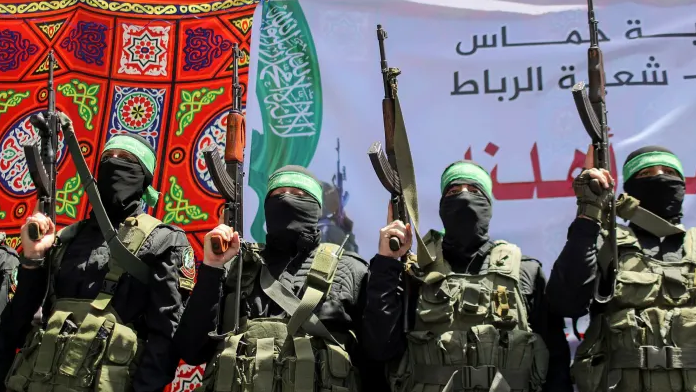 |
| Palestinian Hamas militants protest over the possible eviction of several Palestinian families from homes on land claimed by Jewish settlers in the Sheikh Jarrah neighborhood of Jerusalem. |
| Table of Contents |
What is Hamas?
According to Britannica, the establishment of an independent Islamic state in historic Palestine is the goal of the militant Palestinian nationalist and Islamist movement known as Hamas, which is active in the West Bank and Gaza Strip.
Since its founding in the 1980s, Hamas has opposed the Palestine Liberation Organization (PLO), led by the late Yasser Arafat. There are allegations that the Israeli government assisted in funding Hamas in its early years in order to create a rival to the PLO, but all parties involved deny that Israel had anything to do with the group's formation. Hamas has always opposed negotiations that would result in any land concessions. Hamas, in contrast to the PLO, rejects Israel's legitimacy to exist. In addition to the outline of a single Palestinian state made up of Israel, Gaza, and the West Bank, its emblem features the Dome of the Rock in Jerusalem.
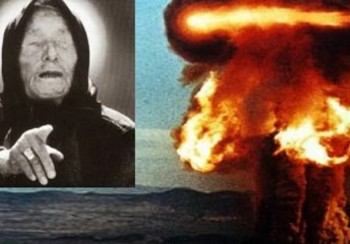 Fact-Check: Vanga Predicted the War Between Israel and Hamas? Fact-Check: Vanga Predicted the War Between Israel and Hamas? The bloody war between Israel and the military group Hamas in the Gaza Strip broke out on October 7, 2023, sparking controversy about "Did prophet ... |
How was Hamas formed?
In the West Bank and Gaza Strip, which Israel annexed after the 1967 Six-Day War, activists affiliated with the Islamist Muslim Brotherhood established a network of hospitals, clinics, and schools starting in the late 1970s. They were active in numerous mosques in Gaza, but mostly only in academic institutions in the West Bank.
Although most of the Muslim Brotherhood's activities in these regions were peaceful, a few small organizations in the occupied territories started to advocate for jihad, or holy war, against Israel. Hamas (also an Arabic word for "zeal") was founded by members of the Muslim Brotherhood and religious factions of the PLO in December 1987, at the start of the Palestinian intifada, and the new organization quickly gained a sizable following. In its charter from 1988, Hamas argued that fighting a holy war to expel Israel from Palestine was a moral obligation for Palestinian Muslims and that Palestine was an Islamic homeland that could never be ceded to non-Muslims. Its stance put it at odds with the PLO, which acknowledged Israel's right to exist in 1988.
Hamas quickly started acting independently of other Palestinian organizations, which led to tension between it and its secular nationalist rivals. Israel detained a number of Hamas leaders, including the movement's founder Sheikh Ahmed Yassin, in 1989 as a result of the Hamas' escalating violence in its attacks on military and civilian targets. Hamas underwent a reorganization in the years that followed in order to fortify its command structure and hide important figures from Israel's view. In Amman, Jordan, a political bureau was established that was in charge of the group's international relations and fund-raising. In 1996, Khaled Meshaal was chosen to lead this bureau, and the group's armed wing was reorganized as the Izz al-Din al-Qassm Forces.
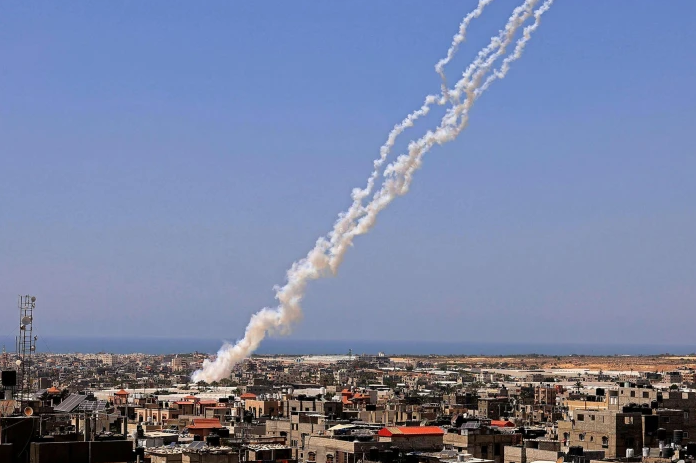 |
| Rockets are launched towards Israel from Rafah, in the south of the Gaza Strip, controlled by the Palestinian Hamas movement. (Photo: AFP) |
What is "intifada"?
Intifada refers to either of the two Palestinian uprisings that took place in the West Bank and Gaza Strip and were intended to end Israel's occupation of those areas and establish a Palestinian state. The first Oslo Accords were signed in September 1993, putting an end to the first intifada, which had started in December 1987 and had given Israel and the Palestinians a framework for peace talks. The Al-Aq intifada, also known as the second intifada, started in September 2000. Despite the fact that no specific incident signaled its demise, the majority of analysts concur that it had peaked by late 2005. Approximately 1,400 Israelis and more than 5,000 Palestinians died as a result of the two uprisings.
 Israel – Palestine Conflict: History, Timeline, Cause and Everything to Know Israel – Palestine Conflict: History, Timeline, Cause and Everything to Know Israel – Palestine Conflict is one of the most severe and longest-running disputes in the world. In this article, you will be introduced to facts ... |
Who supports Hamas?
The most significant financial supporter and international ally of Hamas is Qatar. In 2012, the first head of state to go to the Hamas government was the Emir of Qatar, Sheik Hamad bin Khalifa al-Thani. The emirate has already given Hamas €1.5 billion ($1.8 billion). According to DW, Israel hopes Qatar will join the US-mediated Abraham Accords and establish diplomatic ties with it, as several Arab states have already done.
Turkey also lends support to Hamas. Ismail Haniyeh, the leader of Hamas, received the political support of Turkish President Recep Tayyip Erdogan during discussions that took place just before the organization began firing rockets at Israel. A variety of non-state initiatives and foundations, some of which are based in Germany, also provide funding for the organization. The German weekly Der Spiegel claims that organizations with ties to Germany are giving more money to Hamas.
Through inventive and relatively sophisticated manufacturing capabilities located inside the Gaza Strip itself, Palestinian militants have been able to gather the majority of their arsenals. The New York Times claims that Hamas uses Iranian expertise to "repurpose plumbing pipes scavenged from abandoned Israeli settlements and components culled from dud Israeli bombs" in order to create their own. Additionally, it's thought that some missiles were brought in through tunnels from Egypt's Sinai Peninsula. It would be impossible, according to experts, to estimate Hamas' missile stockpile. The Times notes, however, that according to Israeli intelligence, Hamas and other armed organizations are believed to have "about 30,000 rockets and mortar projectiles" hidden in Gaza.
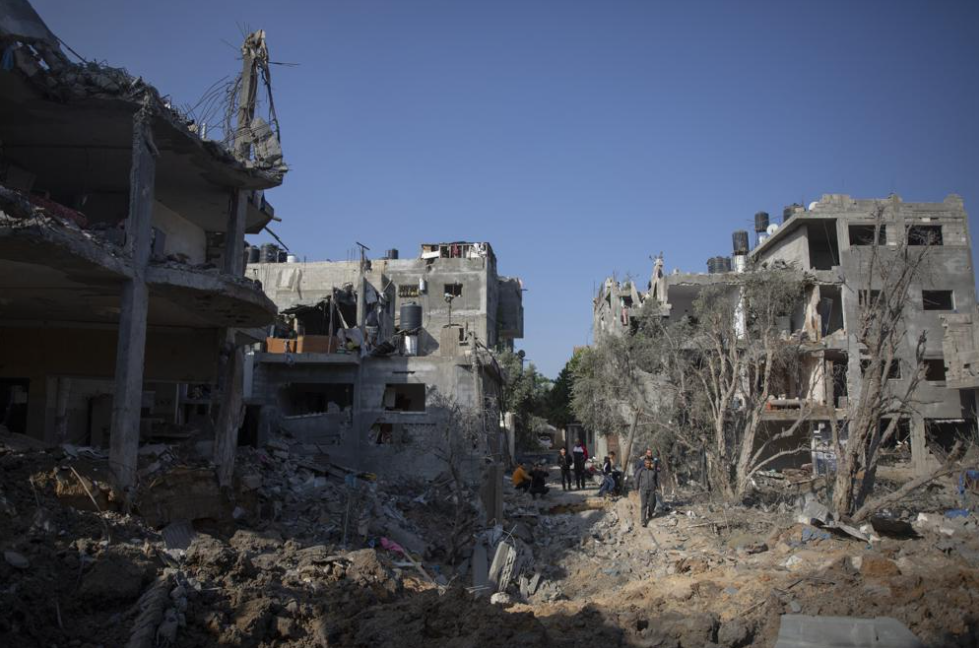 |
| Palestinians inspect their destroyed houses following overnight Israeli airstrikes in the town of Beit Hanoun, northern Gaza Strip, Friday, May 14, 2021. (Photo: AFP) |
What is the situation in the Gaza Strip?
Why Gaza is so important?
Gaza is only 25 miles (40 kilometers) long and six miles (10 kilometers) wide, sandwiched between Israel and Egypt. Prior to the 1948 war that accompanied the establishment of Israel, when it came under Egyptian rule, it was a part of the British-ruled Palestine Mandate. With 1.4 million refugees and their offspring, or more than half of Gaza's population, the Palestinians who fled or were driven from what is now Israel ended up in Gaza.
In the 1967 Middle East conflict, Israel seized Gaza, the West Bank, and East Jerusalem. The Palestinians want their future state to include all three territories. In 1987, the same year Hamas was established, the first Palestinian intifada, or uprising, began in Gaza and later spread to the other occupied territories. The Palestinian Authority was established through the Oslo peace negotiations in the 1990s, and it was given some degree of autonomy in Gaza and the occupied West Bank.
Hamas control over Gaza
In 2005, following a second and significantly more violent intifada, Israel withdrew its troops and Jewish settlements from Gaza. In the elections held in Palestine the following year, Hamas triumphed handily. That set off a power struggle with Fatah, the political party of Palestinian President Mahmoud Abbas, which culminated in a week of fighting in 2007 and gave Hamas control of Gaza. Gaza was already very conservative, so Hamas has not done much to impose Islamic law there. However, it has demonstrated intolerance for dissent by detaining political opponents and violently quashing the few protests against its rule that have occurred. The militant organization has survived three wars and a 14-year blockade while maintaining a firm grip on power.
When the Muslim Brotherhood-affiliated administration of Egyptian President Mohamed Morsi was overthrown and replaced by a pro-Israel interim government in 2013, the Hamas-run administration in the Gaza Strip, which was already struggling after Iranian aid was cut off, was put under even more financial stress. The majority of the smuggling tunnels, which had been a significant source of tax revenue for Hamas as well as a primary method of supplying a wide variety of goods to the Gaza Strip, were closed down by the new administration, which also severely restricted crossings at the border between Gaza and Egypt. By the end of 2013, Hamas was having trouble paying the salaries of those working in the Gaza Strip's public sector.
In addition to running command centers out of apartment buildings, Hamas frequently launches rockets at Israel from residential areas. Civilians are effectively used as human shields in this practice. Hamas has been secretly creating tunnels beneath the ground to bring weapons into the enclave, mostly from Egypt. However, the Egyptian government has been strictly enforcing laws against this behavior.
Hamas' conflict with Israel
The Palestinian militant group Hamas sought to oppose Israel's occupation of the three areas—Gaza, the West Bank, and East Jerusalem—that the Palestinians wanted to become the foundation of their future state. Following its victory in the 2006 elections, Hamas took over Gaza through conflict with the Palestine Authority. Israel and Egypt imposed a crippling blockade after the coastal strip was taken over by them. Israel claims that it is necessary to prevent Hamas and other militant organizations from importing weapons. A blockade, according to rights groups, is a form of collective punishment. Israel withdrew its troops and Jewish settlements from Gaza in 2015 after Hamas started two Palestinian intifadas or uprisings.
A new intifada is currently being called for by Hamas, which still controls Gaza. As an unofficial cease-fire with Israel began to deteriorate, militants in Gaza launched rockets and incendiary balloons in support of the demonstrators. Israel responded by launching numerous air, sea, and land strikes. Since 2008, Israel and Hamas have engaged in four major battles, with the majority of the casualties and destruction falling on the more than 2 million Palestinian citizens of the tiny enclave.
Israel and Hamas have engaged in three wars as well as numerous smaller conflicts. The 2014 war, which lasted 50 days and claimed 2,200 Palestinian lives—more than half of them civilians—was the worst so far. On the Israeli side, 73 people lost their lives.
Jerusalem's tensions reached a breaking point in May 2021, sparking the worst uptick in violence since 2014. Hamas fired rockets into Jerusalem and southern and central Israel following clashes between Israeli police and Palestinian protesters that resulted in hundreds of injuries, prompting airstrikes from Israel in retaliation. Numerous neighborhoods in Gaza have been reduced to rubble as a result of Israeli airstrikes and incursions, and thousands of people have been forced to take refuge in U.N. schools and other facilities. Israel claims it takes all possible precautions to prevent the deaths of civilians and charges Hamas with using Gazans as human shields.
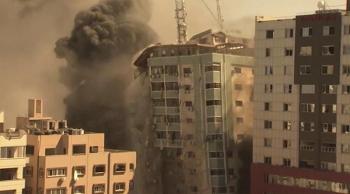 Israel - Gaza Conflict Latest News: Strike destroys building with AP, Al-Jazeera, other media Israel - Gaza Conflict Latest News: Strike destroys building with AP, Al-Jazeera, other media Israel-Gaza Attack News Updates: An Israeli airstrike destroyed a high-rise building in Gaza City that housed offices of The Associated Press and Al Jazeera ... |
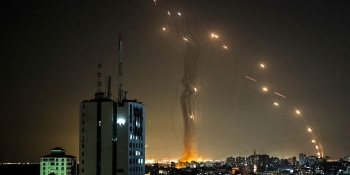 Watch Video: Israel's Iron Dome Defence Intercepts Scores of Gaza Rockets Watch Video: Israel's Iron Dome Defence Intercepts Scores of Gaza Rockets Watch video Israel's Iron Dome air defence system intercepts scores of Gaza rockets in skies above Tel Aviv. |
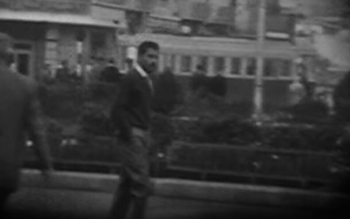 FACTS about 'Is Eli Cohen still alive' with RT's 'short video' and Israeli Spy Biography FACTS about 'Is Eli Cohen still alive' with RT's 'short video' and Israeli Spy Biography Who is Eli Cohen and FACTS about a short video featuring Israeli Spy walking in Damascus, Syria. Latest News concerning Eli Cohen, who was hanged ... |























